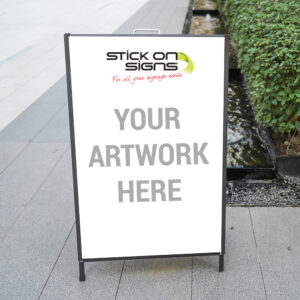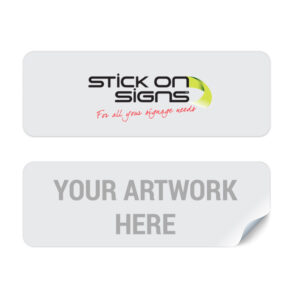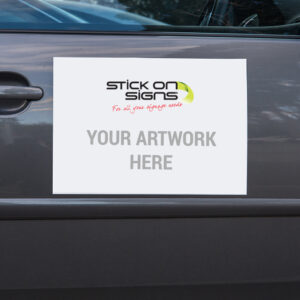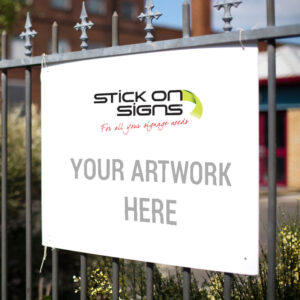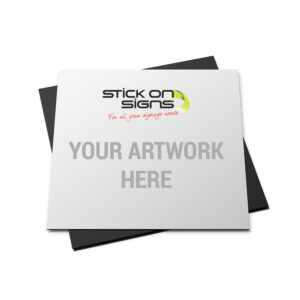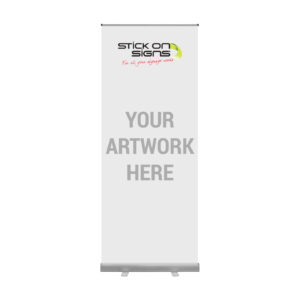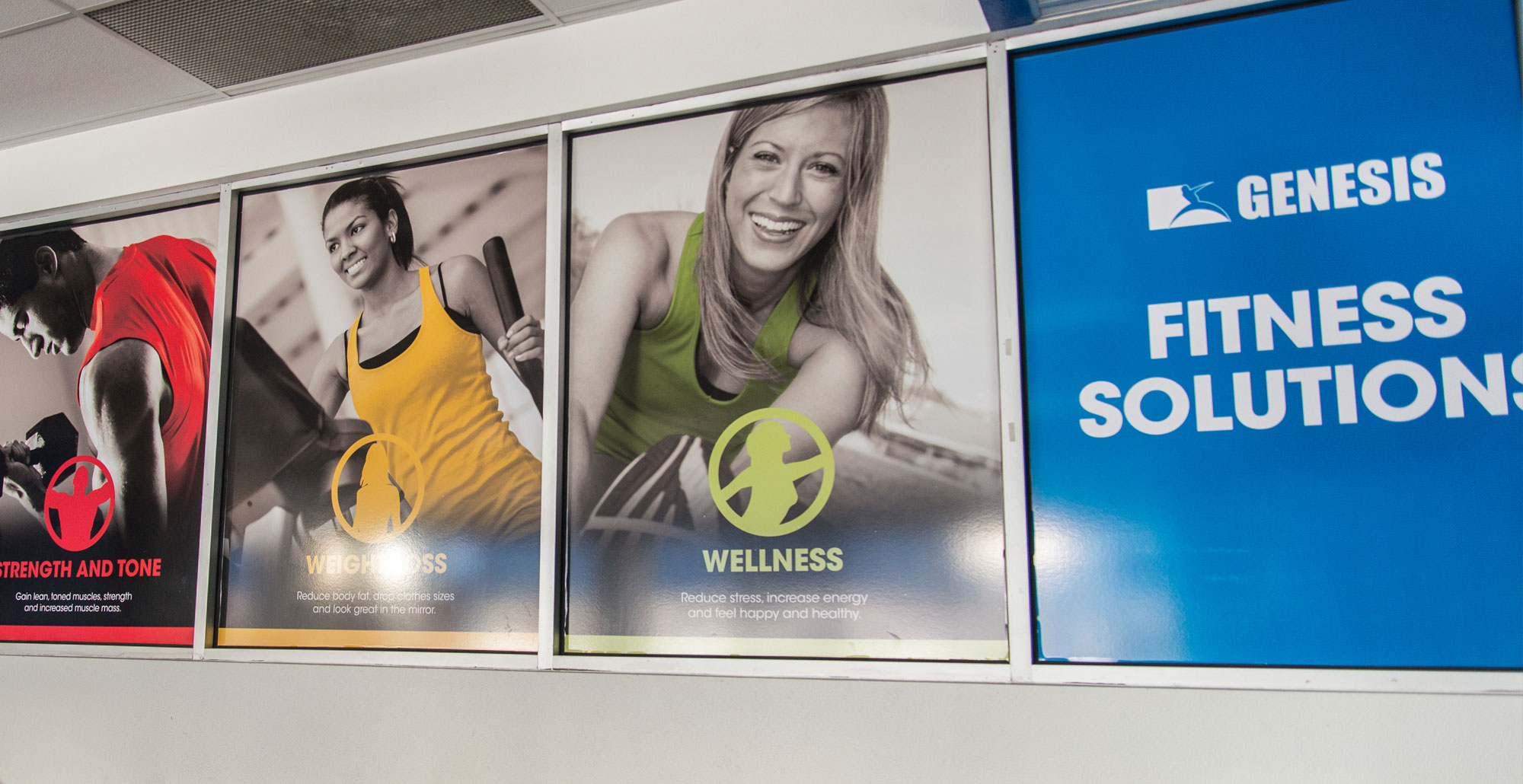
Design Innovations and Trends: Signage for Indoor and Outdoor Applications
As businesses continually seek to capture and retain customer attention, the role of physical signage has never been more pivotal. Today’s trends in physical signage not only reflect advancements in materials and manufacturing but also a deeper understanding of aesthetic appeal and functionality. Here’s a detailed look at how modern design trends and diverse applications are shaping the future of indoor and outdoor signage.
Minimalist Elegance
Simplicity reigns supreme in current signage trends, with minimalist designs taking center stage. This trend leverages clean lines, uncluttered layouts, and concise messaging to create impactful signs that are both visually appealing and easy to read. Indoors, minimalist signage can help maintain a sleek, professional look, while outdoors, it cuts through the noise to grab customer attention swiftly.
Bold and Retro Revivals
In a nod to the past, bold colors and retro-inspired fonts are making a resurgence in signage design. These elements are particularly effective in branding, evoking nostalgia and distinctiveness in a sea of modernity. Outdoor signs featuring these designs stand out for their unique charm, whereas indoor signs add a touch of personality and warmth to business interiors.
Sustainable Practices
Sustainability is shaping up as a key consideration in signage production. Eco-friendly materials such as bamboo, recycled plastics, and low-VOC paints are becoming popular choices. These materials not only help reduce environmental impact but also cater to the growing consumer demand for green business practices. Both indoor and outdoor signs are adopting these materials, reflecting a brand’s commitment to sustainability.
Enhanced Durability and Adaptability
For outdoor signage, durability continues to be a critical factor due to exposure to elements. Innovations in materials and protective coatings have enhanced the longevity of outdoor signs, ensuring they remain vibrant and intact longer. Indoor signs are seeing more adaptable designs, like modular systems that can be easily updated or reconfigured, offering businesses flexibility as their needs change.
Integrated Lighting
The integration of lighting in signage has transcended basic functionality to become a dynamic design element. LED lighting, in particular, is being used to highlight or accentuate features of signs, adding depth and dimension that enhances readability and visual impact. This trend is evident in both indoor wayfinding systems and large outdoor billboards, where illuminated elements capture attention at all hours.
Functional Art
Signage is increasingly being viewed as a form of art that can enhance the aesthetic of a space while serving a functional purpose. Custom sculptures, artistic installations that double as brand markers, and creatively shaped signs that reflect company logos are examples where functionality meets artistry. This approach not only enhances brand identity but also contributes to a more engaging customer experience.
These trends illustrate a sophisticated evolution in the design and application of physical signage, where aesthetics, functionality, and innovation converge. For businesses looking to make a lasting impression, embracing these trends can lead to more effective and memorable signage solutions. Whether indoors or outdoors, the right sign can significantly impact how a business is perceived and experienced.


